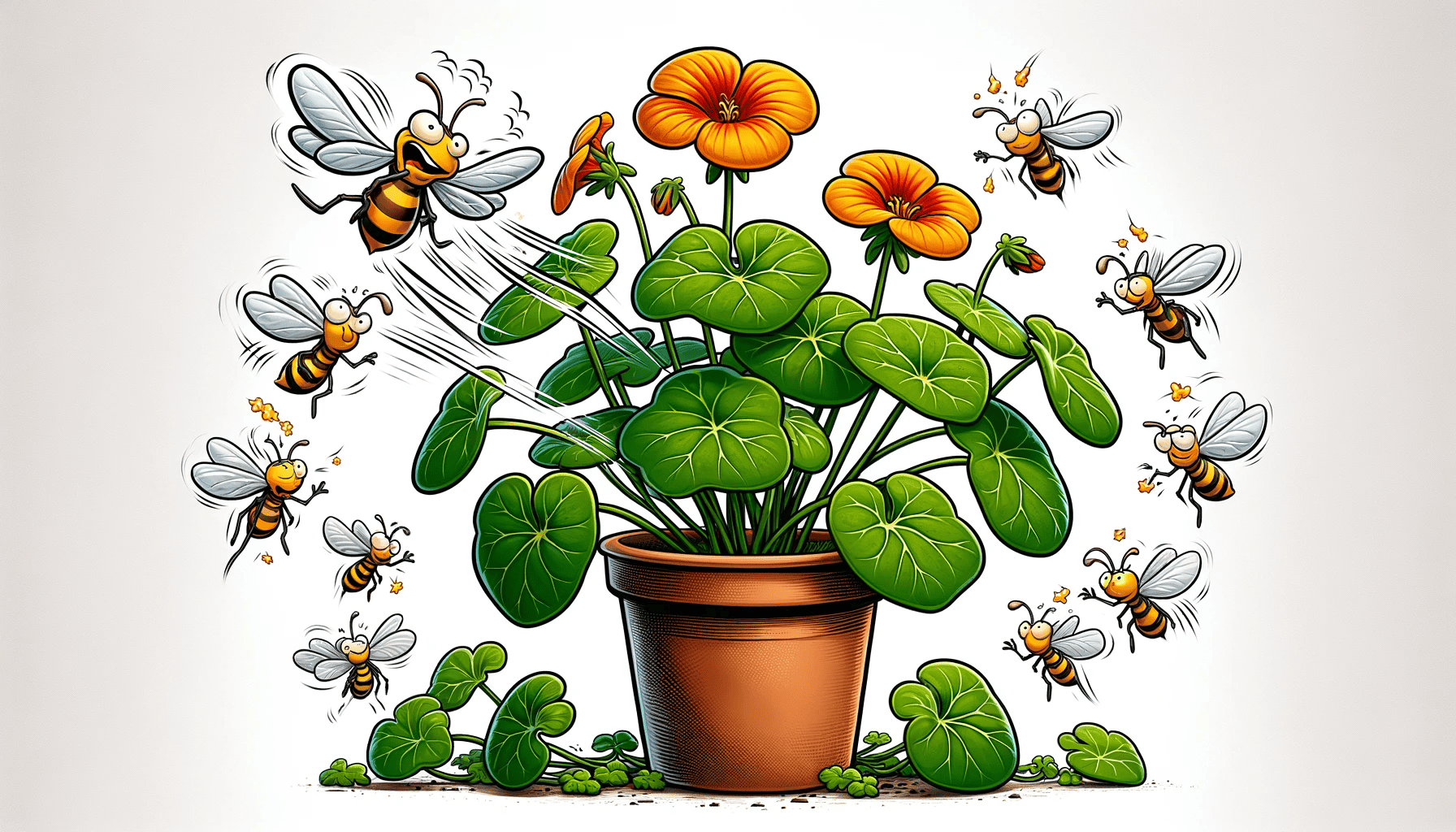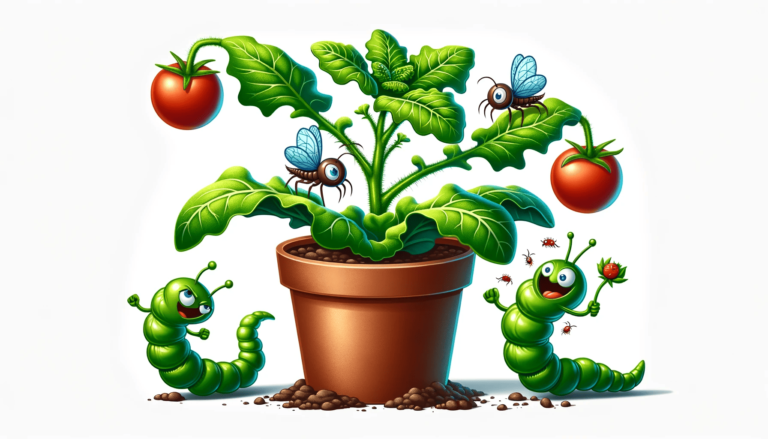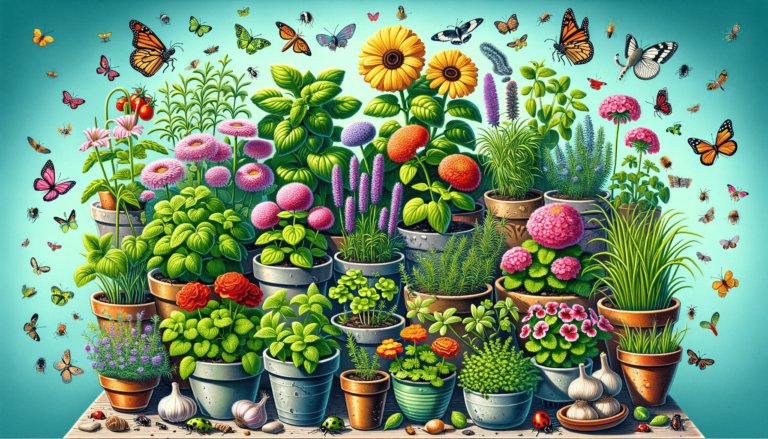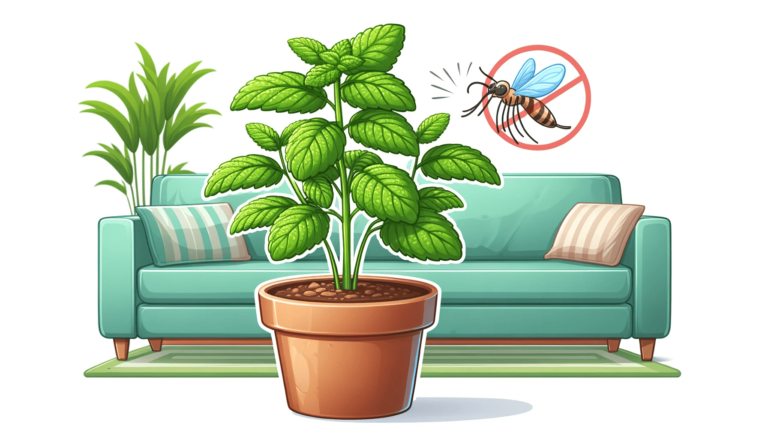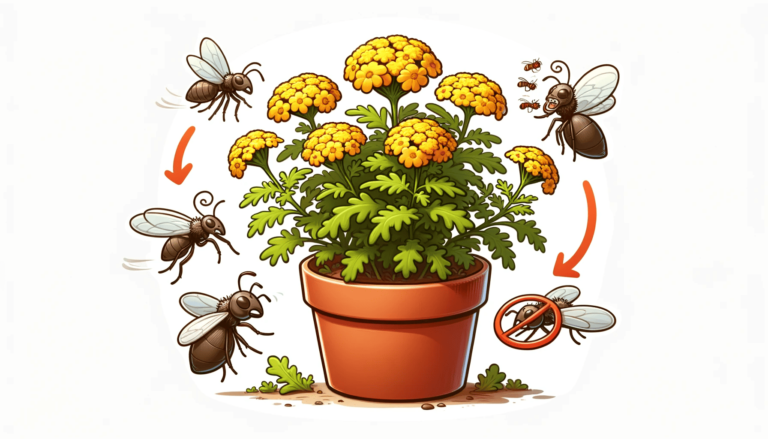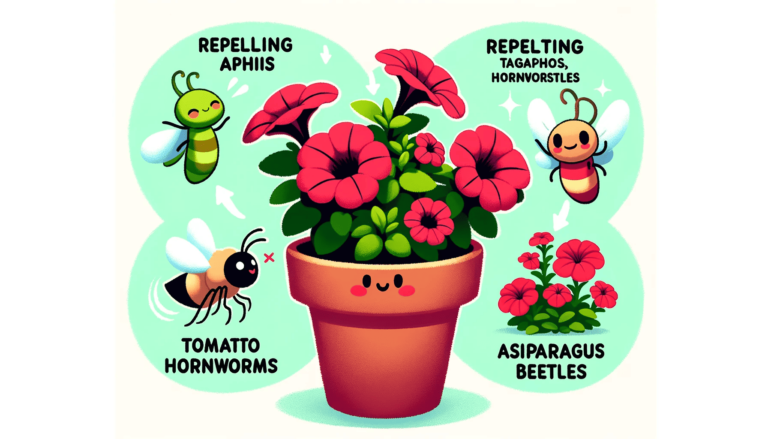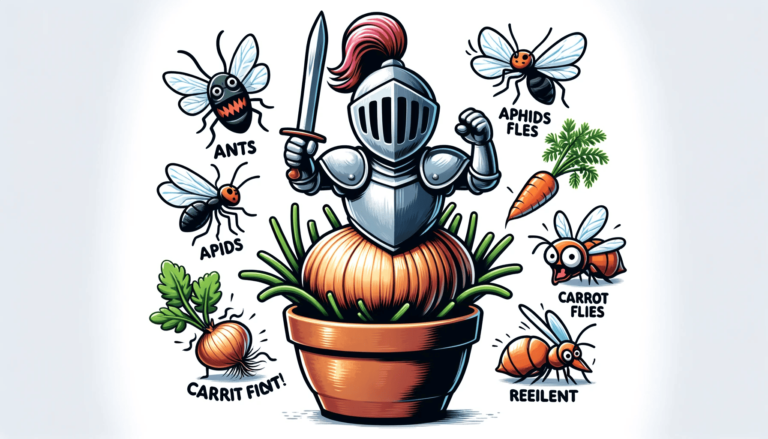How to Use Nasturtiums for Pest Control: A Gardener’s Secret Weapon
Gardening enthusiasts, have you ever wondered if those vibrant nasturtiums in your garden could be more than just a feast for the eyes?
What if I told you they’re also a secret weapon against garden pests?
Let’s dive into the world of nasturtiums and discover how these colorful plants are not just pretty faces in the garden but mighty warriors in the battle against bugs.
Nasturtiums: Nature’s Pest Managers
So, how do nasturtiums keep the pests at bay?
It’s a combination of their scent and taste that seems unappealing to many garden pests.
Plus, they attract beneficial insects that prey on harmful bugs. It’s like having your own pest control team, all thanks to these vibrant plants.
Known for deterring pests through their pungent scent and natural compounds, nasturtiums are a stellar, chemical-free option for safeguarding your beloved plants from unwanted insect visitors.
Methods for Using Nasturtiums in Pest Control
Trap Cropping with Nasturtiums
- Drawing Pests Away: Nasturtiums are like a magnet for aphids and other pests, luring them away from your prized plants.
- Strategic Placement: Plant them away from your main garden to create a pest buffer zone.
Companion Planting with Nasturtiums
- Beneficial Combinations: Place nasturtiums near cucumbers or tomatoes to repel common pests.
- Aesthetic and Practical: Not only do they look great, but they also protect your veggies.
Seven Pests That Nasturtiums Help Control
- Aphids: A gardener’s nemesis, but nasturtiums can keep them in check.
- Cabbage Loopers: These leaf munchers hate nasturtiums.
- Cabbage Worms: Another brassica enemy deterred by nasturtiums.
- Colorado Potato Beetles: A major threat to your spuds, but not when nasturtiums are around.
- Cucumber Beetles: Keep your cucumbers safe with nasturtium companions.
- Flea Beetles: Small but destructive, nasturtiums can help manage them.
- Squash Bugs: No more squash plant destruction with these flowers in your arsenal.
Nasturtiums don’t exactly ‘repel’ pests in the traditional sense. They create a confusion for the pests, making your garden less attractive for them to settle.
It’s like having a decoy that keeps the real targets – your vegetables – safe.
Nasturtiums and Aphids: A Love-Hate Relationship
Aphids are drawn to nasturtiums, which is great for keeping them away from other plants. Think of nasturtiums as the sacrificial lamb of your garden, bravely taking one for the team.
Not just an outdoor affair, nasturtiums can be grown indoors to both beautify and protect your indoor green spaces.
They fit well in sunny indoor spots and can be a natural insect deterrent right inside your home.
Understanding Trap Crops
- Purpose: Trap crops protect your main crops by being more attractive to pests.
- Gardener’s Role: You’ll need to manage these trap crops, ensuring pests don’t overtake them.
Utilizing Nasturtiums Beyond Ornamentation: Besides their role in gardens, nasturtiums can be positioned around your house for pest control. You can even use their leaves and flowers in natural repellent sprays.
Other Pests Attracted to Nasturtiums
Besides the usual suspects, nasturtiums also attract cabbage worms, spider mites, whiteflies, and leafhoppers. It’s a whole community of pests that prefer nasturtiums over your precious plants.
Strategy: While effective on their own, nasturtiums shine brightest when part of a larger pest management approach. Combine them with other natural repellents for a fortified defense against a variety of pests.
The Dual Role of Nasturtiums
Not only do they protect your garden, but nasturtiums are also edible! Their leaves and flowers add a peppery zest to salads.
It’s a win-win situation.
Connecting to a Comprehensive Guide on Pest Control: For those curious about other plant-based pest control options, our “27 Indoor Plants Great for Pest Control” guide is a treasure trove of information.
Conclusion
Nasturtiums are not just a pretty face; they’re a practical solution for natural pest control.
By incorporating these colorful flowers into your indoor and outdoor gardens, you’re opting for an eco-friendly and effective method to keep your home and garden pest-free.
Enjoy their beauty and rest easy knowing they’re also guarding your space from unwanted guests. Happy gardening!
